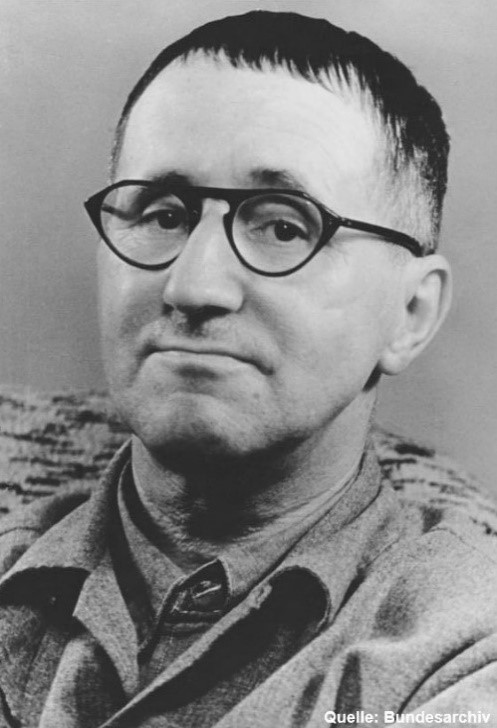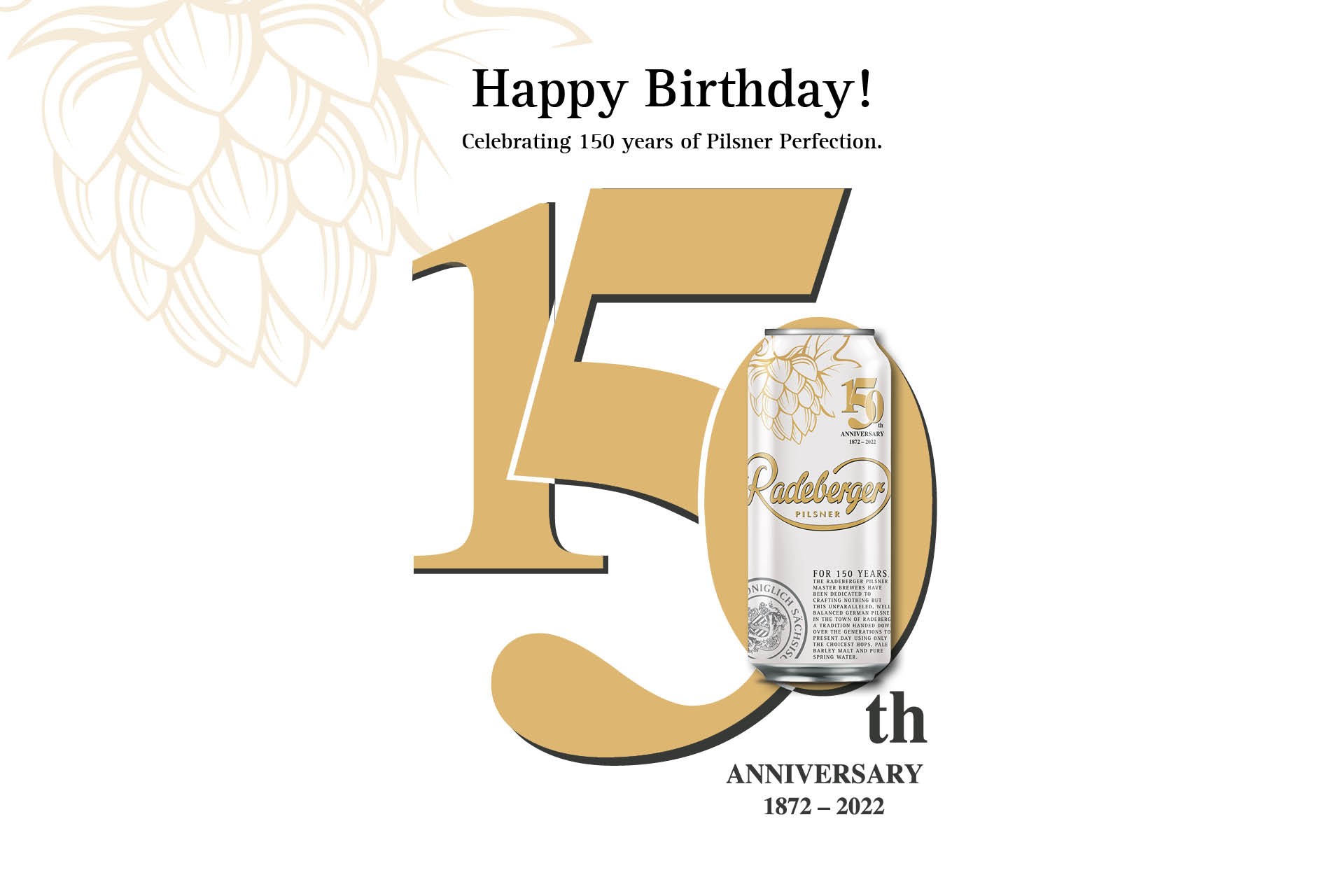
1 Jan 2022 - 1 Jan 2022
The beer that co-founded the Pilsner brewing method in Germany, which impressed chancellors and kings, and which – to this day – remains highly prized in the cities of the world, is celebrating its 150th Anniversary.
It was in January 1872 when five influential local men from Radeberg, near Dresden, met in a wine tavern – of all places – for a morning drink. And what was their topic of conversation? The foundation of a beer brewery. The founders were not fazed by their lack of brewing experience. This was ultimately because they had courage and an idea to drive forward – they wanted to brew the best beer of their day using the Pilsner brewing method. They thus founded one of the most advanced breweries and laid the foundation stone for it on April 23rd, 1872.
In time, the excellent reputation of the Pilsner from Radeberg spread rapidly across the whole of Germany. By the end of the 19th century, the beer had already conquered the city of New York in the USA, from where it spread to almost every corner of the world. The Pilsner has survived world wars, financial crises and social changes and to this day, as in the beginning, it remains true to its promise to be one of the best beers brewed according to the Pilsner method. Today, Radeberger Pilsner remains a well-loved beer throughout the world and is exported to over 40 countries.
Thanks to its establishment “since 1872”, Radeberger Pilsner can now look back at a successful 150-year history. To pay a fitting tribute to this birthday celebration, we have devised something special for you: a beer can in a Limited Edition Design. This will make toasting the 150th anniversary with a cool Radeberger Pilsner feel especially good. Cheers!
We have something special in store for anyone who always needs to know more about their favourite beer: Our ‘Kalenderblatt’ series takes you through the history of Radeberger Pilsner and the Brewery. It looks at both key historical milestones and smaller events. Take a look and be surprised. We will add new stories here regularly.
1st story: January 1872
One Sunday, Dr. jur. Heinrich Eduard Minckwitz (a lawyer and early member of the German Reichstag), Gustav Adolf Eduard Philipp (a lord of a manor, judge and liberal politician) Carl Hermann Rasche (treasurer in Radeberg), August Max Rumpelt (advocate, city councillor in Radeberg) and Johann Gottfried Schöne (the owner of a ribbon weaving shop in Großröhrsdorf) met at the Radeberg wine tavern known as ‘Knobloch’ of all places to do some early shopping. And what was their topic of conversation? The foundation of a blue chip beer brewing company.
Their meeting is considered the ‘Big Bang’ in the history of our brewery. The five wine drinkers are now seen as the fathers of the Radeberger Export Brewery. Even before the company was officially incorporated in 1872, they hired a brewery specialist in Prague to take charge of the project. None of the men had the slightest idea how to brew beer, not to mention how to build a brewery.
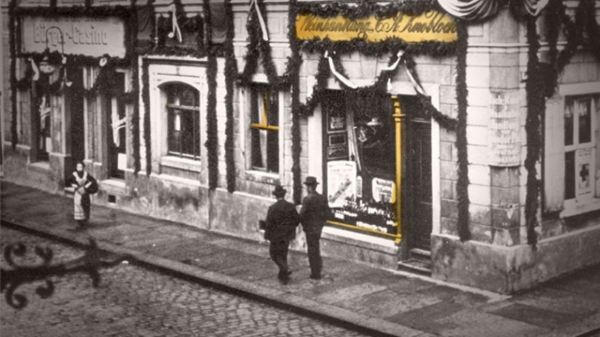
2nd story: February 1956
After the Second World War, Radeberger Pilsner gradually developed into the most important beer brand in East Germany. In the slipstream of its increasingly good reputation, the intention was for exports to be significantly boosted from the 1950s onwards. In order to strengthen Radeberger Pilsner’s international image, a close partnership began between the East German Lufthansa, founded in 1955, and Radeberger Exportbierbrauerei.
On 4 February 1956, the time had come: the GDR airline’s scheduled services between Berlin and Warsaw took to the skies. On 27 February, trade fair air traffic between Berlin and Leipzig got underway. In May, the Berlin–Prague–Budapest–Sofia and Berlin–Prague–Budapest–Bucharest lines followed. On the national holiday of the GDR, 7 October, the connection from Berlin via Vilnius to Moscow was included in the schedule.
Radeberger Pilsner was a constant culinary companion on all those flights and those that followed. That remained the case when, in September 1963, the “Gesellschaft für internationalen Flugverkehr mbH”, founded in 1958, merged with the GDR Lufthansa and continued operation under the name “Interflug”. The reason for this was the impending defeat in the legal dispute with the FRG over the West-Germany-based airline of the same name. East Berlin wanted to pre-empt this defeat, as they knew that the West Germans had already re-founded their Lufthansa in 1953.
The change in the name of the airline and the other organisational events of the 1950s and 1960s ultimately had little influence on the culinary offering. That meant that the numerous passengers could enjoy their Radeberger Pilsner above the clouds at any time, leaning back in comfort on the plane.
That was on 4 February, 66 years ago.
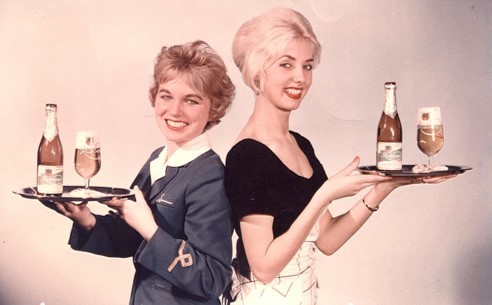
3rd story: March 1887
In the early years of the Radeberger Export Brewery, the management had to keep thinking up effective marketing measures for its numerous types of beer. Alongside ‘Radeberger Böhmisch’, the new addition to its range known as ‘Bier nach Münchener Art’, or ‘Munich-style beer’, was enjoying growing popularity and was the focal point of sales initiatives.
And so, the idea arose to use the upcoming birthday of Chancellor Otto von Bismarck, who was extremely popular among the German people. A hectolitre cask was decorated with a motto and the family crest and sent to the Reich Chancellery in Berlin as a birthday gift. An enclosed letter asked Bismarck to ‘permit the beer delivered and served to him to be named Kanzler-Bräu (or Chancellor’s Brew) in his honour’.
That was on 28 March, 135 years ago.
Was this plan by the management of Radeberger a success? That will be revealed in the next story.
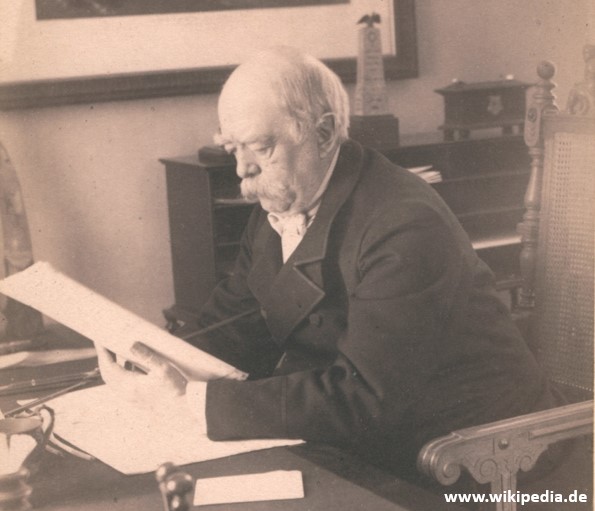
4th story: April 1887
In March 1887, the idea of using the upcoming birthday of the Chancellor, Prince Otto von Bismarck, for the purposes of beer marketing was suggested, as he was very popular with the German people. A decorated barrel was sent as a gift to the Reichskanzlerpalais in Berlin. In an accompanying letter, Bismarck was asked if the beer sent to him could be christened ‘Kanzler-Bräu’ (Chancellor’s Brew).
The answer was not long in coming. On 14 April 1887, a letter arrived from Berlin in which the Chancellor offered his thanks for the excellent beer. At the same time, it provided his consent to the new name, which led to great joy in the brewery. A few days later, the Radeberger Zeitung newspaper reported: ‘We will strive to produce this substance in the same extremely fine, excellent quality in honour of its high protector, and recommend our ‘Kanzlereibräu’ to all those who enjoy a pure, strongly flavoured, finely hopped and easily digested beer.’
The official beer christening took place on a Wednesday evening in the courtyard of the Radeberger Exportbierbrauerei. Around 50 guests from Radeberg, Dresden and Bischofswerda attended. In the brightly lit main cellar, the brewing staff had taken a seat on the massive maturing barrels. One of the barrels read: ‘Approved by letter dated 12 April 1887, christened in the presence of 50 witnesses on 27 April 1887.’ In a poetic speech from brewery director Hedrich, the name ‘Kanzler-Bräu’ was made official.
Afterwards, the christening took place with the breaking of a bottle of champagne on the maturing barrel, followed by an extensive tasting.
That was on 27 April, 135 years ago.
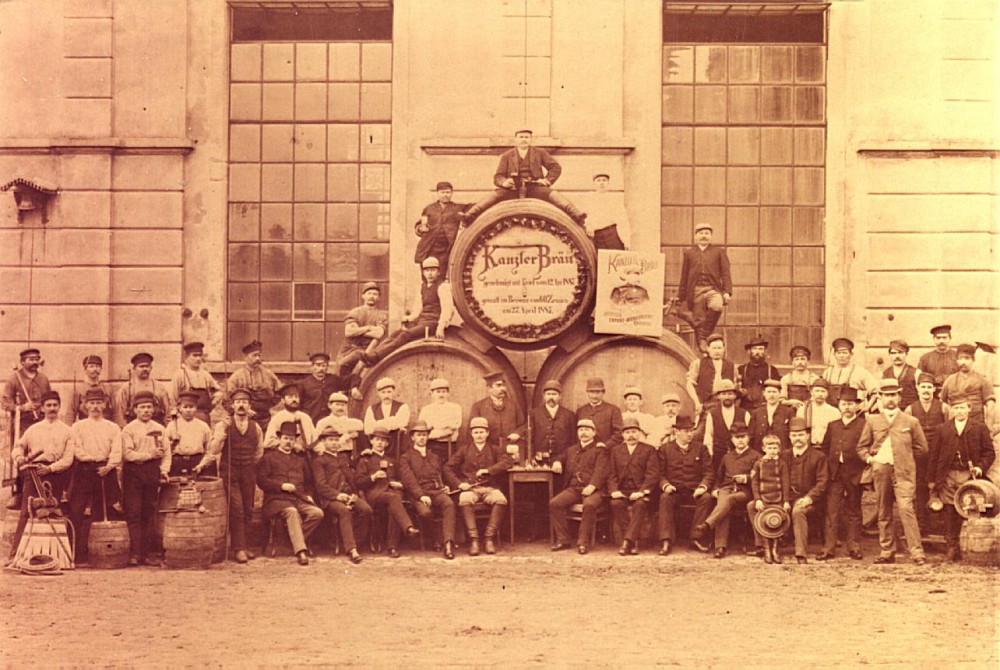
5th story: April 1956
‘I am Bavarian and used to drinking beer with food,’ wrote Berthold Brecht in a letter to VEB Radeberg, Exportbierbrauerei. The background to his letter was the rather poor quality of East German beers in the post-war years. Even then, thanks to its good taste and outstanding quality, Radeberger Pilsner was particularly popular and not easy to obtain.
Even the influential German director, playwright and poet Bert Brecht apparently did not have an easy time getting his hands on high-quality amber nectar. That is why he asked the management of the VEB to send two crates of Radeberger a month, until further notice. In the process, he referred to his cultural roots as a true Bavarian. However, this was not really accurate, because Brecht grew up in Augsburg, in Bavarian Swabia, and not in the original Bavarian, beer-loving heart of the Free State.
The letter from the artist, who was already highly regarded during his lifetime, impressed the brewery management in Radeberg so much that they agreed to the delivery to East Berlin without further ado.
That was on 5 April, 66 years ago.
